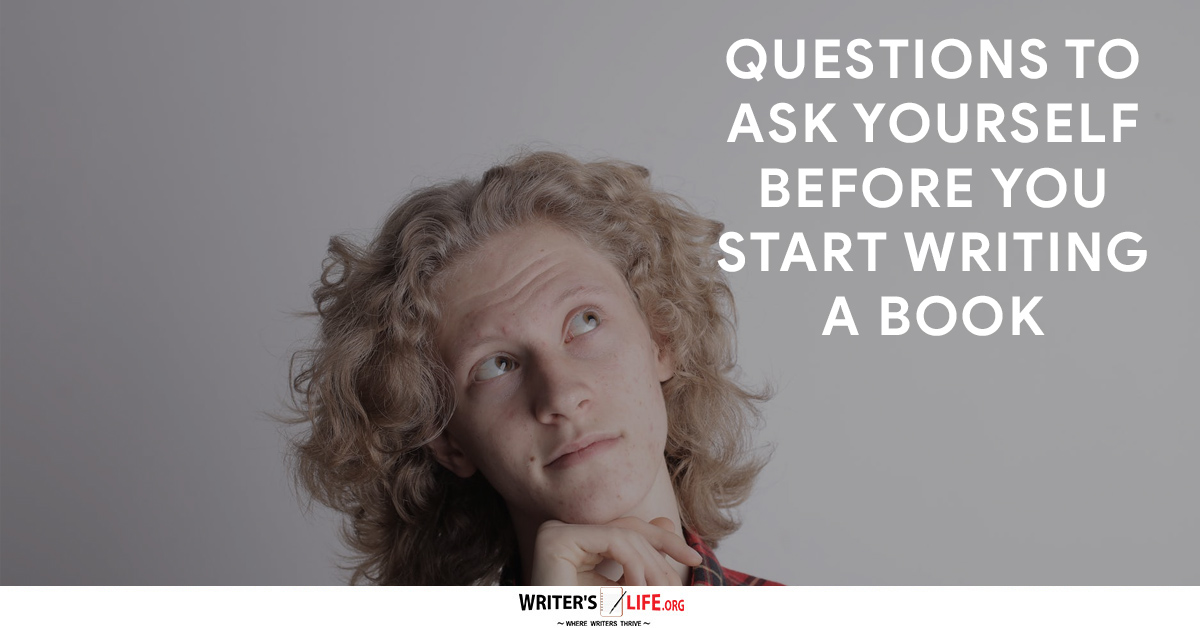- How To Tackle Jealousy In Creative Writing
- Common Submission Mistakes
- How To Stop Your Blog Becoming Boring
- The One Thing Every Successful Writer Has In Common
- How To Make Yourself Aware Of Publishing Scams
- Why Almost ALL Writers Make These Grammar Mistakes At Some Point
- 5 Tips For Authors On How To Deal With Rejection
- Top Mistakes to Avoid When Writing a Novel
- How to Avoid Common New Writer Mistakes
- 10 Mistakes New Fiction Writers Make
How To Write An Epilogue

Learning how to write an epilogue properly is important if you intend to use on in your book. If you are considering writing an epilogue at the end of your story, you must get it spot on. This is an unusual story device. It can split opinions from agents and publishers. Some find them unnecessary and irksome, where others believe they can be a useful device to leave readers feeling satisfied when your novel concludes. So to give your book the best chance of success, if you are going to use one, make sure that you’ve thought it through!
How to write an epilogue - our top tips!
What is an epilogue?
The term epilogue originates from the Greek word epilogos, which translates as a “concluding word”. When used in a story, the epilogue helps to provide closure. It can also give readers insight into what comes after the ending. This might be set in the future to show what becomes of the main characters, or even just a few days on.
Does your novel need an epilogue?
Many editors argue that there is no need for an epilogue if your story has a good ending. If the conclusion is weak, an epilogue might be required. However this raises the question - why not just rework the end to make it strong enough so that the epilogue becomes redundant?
However, done well, and an epilogue is a neat device to help writers tie up any loose ends and deliver a completely satisfying ending - which readers, of course, do appreciate.
So what can writers who choose to include an epilogue do to ensure that they write one with purpose?
Head into the future
Show the reader what happens to the principal characters after the ending. You may wish to skip a few years and show your protagonist living a future life in this instance. This could even be where you sow the seeds for a sequel if you intend to write one.
Make a clean cut
Make sure it is entirely separate from the ending. The epilogue is not the place to try and drive your theme home or create a moral to the story. If these elements are not apparent in the story itself, you must go back and work them in.
Make it satisfying
Ensure the epilogue is wholly satisfying and doesn’t create more loose ends or leave the reader with questions or confusion. The meaning and intent of your epilogue should be obvious. Don’t use it to create an additional cliffhanger, to compensate for your unsatisfactory ending, or make it too convoluted or wordy.
Many celebrated novels have used epilogues well. Some examples include Moby Dick by Herman Melville, The Handmaid’s Tale by Margaret Atwood, Animal Farm by George Orwell, and Harry Potter and The Deathly Hallows by J.K. Rowling - if you are considering writing an epilogue - look at these for inspiration and guidance.
While it is probably fair to say that most books do not require an epilogue if you do think your story can benefit from one, follow the tips above to ensure that yours is as successful as possible.
So now you've learned how to write an epilogue, why not discover when adding a prologue is a good idea?
Get A Free Writer's Toolkit By Visiting http://www.writerslife.org/gid






















